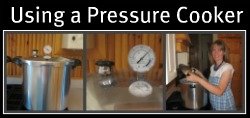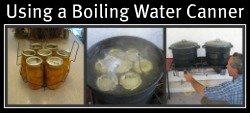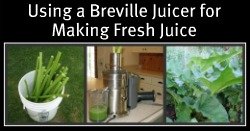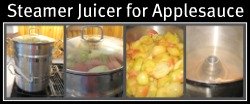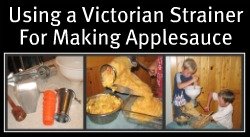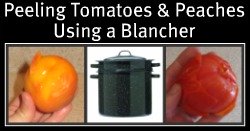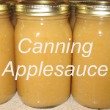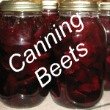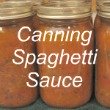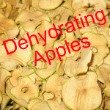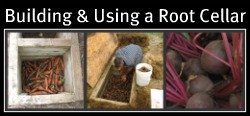|
Canning TomatoesCanning tomatoes is an easy way to preserve your fresh garden tomatoes. You can use your canned tomatoes in soups, sauces, casseroles, etc. Learn how to can tomatoes with these easy step-by-step instructions. Equipment and Supplies

Picking TomatoesWhen you pick your tomatoes, pick everything that is starting to turn pink. When the tomatoes start producing, they come on fast. If you wait and only pick the red tomatoes, you’ll be picking tomatoes every day. When you bring your tomatoes in, separate them into red, pink, and partly green. Within a few days, they’ll all be red. Can the red tomatoes. How can you tell if a tomato is rotten?If your not sure if a tomato’s ok– Smell it. Once you’ve smelled a rotten tomato, you’ll know exactly what I’m talking about. If it smells bad, throw away the whole tomato. One rotten tomato can sour the whole quart. If it doesn’t smell bad, it’s ok unless you can see visible bad spots. Cut out the bad spots and use the rest of the tomato.
Peeling Your Tomatoes & Filling Jars
Tomato PureeIf you don’t want to peel your tomatoes, you can make a tomato puree.
So easy! I use this method when I have of bunch of cherry tomatoes that I don’t want to blanch and peel. Canning TomatoesWhen processing tomatoes you can use a boiling water canner or a pressure canner. - Click on the links for simple, picture book instructions if you’re not sure how to use a
boiling water canner or a pressure canner when canning tomatoes. Processing times for tomatoes are also listed on the boiling water canner page and pressure canner page. Always remember to check the lid for a seal before you store your tomatoes. If you’re not sure how to do this –
click here. Learn how to preserve your tomatoes so that you can still eat fresh tomatoes from your garden until Christmas. Also learn how to freeze the green tomatoes that weren’t harvested before the first frost. Return To:Home canning from canning tomatoes Dehydrating tomatoes Freezing tomatoes
|








